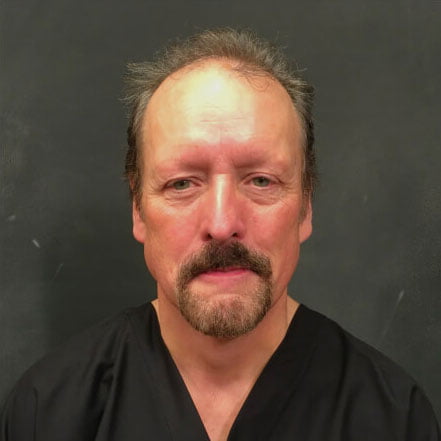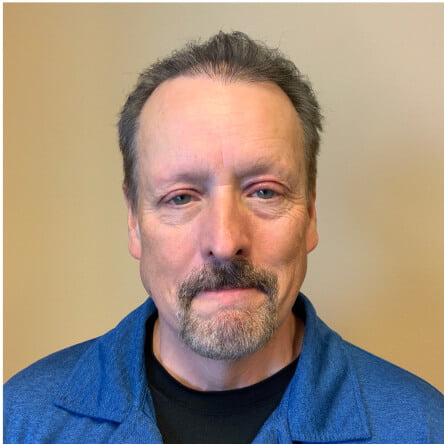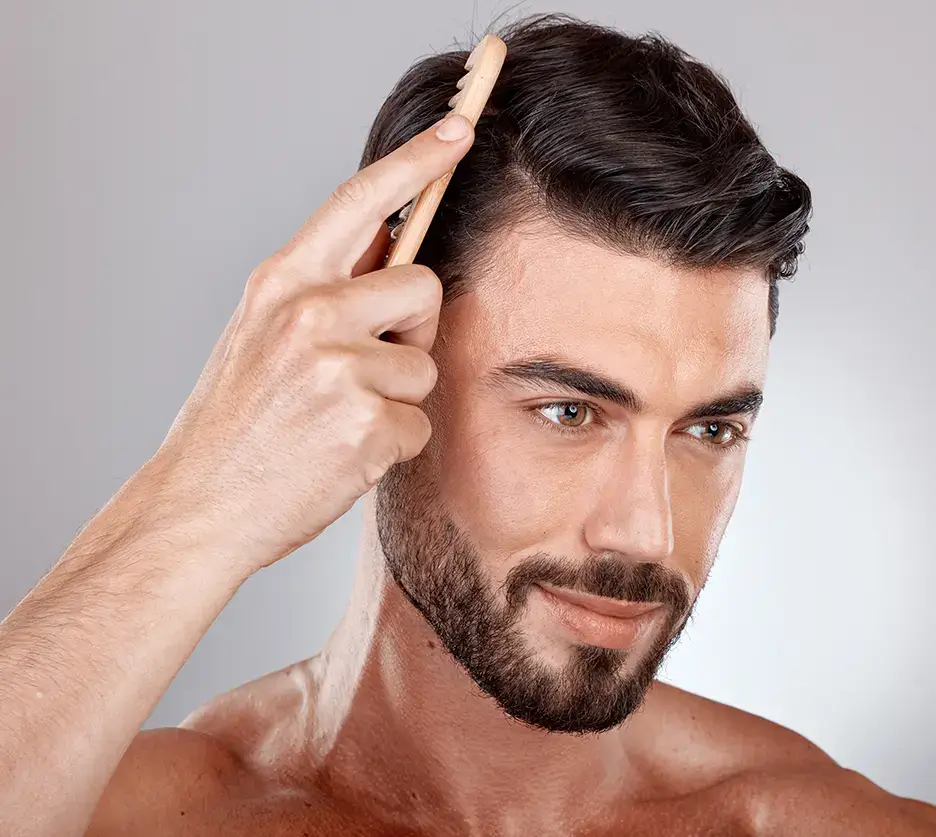
Hair Transplant Spokane
Thinning hair is a common concern in Spokane. Dry winters, an active outdoor lifestyle, and frequent hat-wearing can make hair loss feel more noticeable. While genetics drive most hair loss, you deserve a natural-looking solution. Dr. Javad Sajan, known for refined hairline design, offers hair transplant options tailored to your goals and hair characteristics. His technique and discreet care aim for results that blend seamlessly with your natural hair.
What Is a Hair Transplant?
A hair transplant moves healthy hair follicles from a donor area (usually the back/sides of the scalp where hair is DHT-resistant) to thinning or bald areas that need density. Each follicular unit contains 1–4 hairs and is placed to match your natural direction, angle, and curl.
The two main techniques are:
- FUE (Follicular Unit Extraction): Individual follicular units are harvested with tiny punches, leaving minimal, dot-like scarring. Downtime is usually shorter.
- FUT/Strip (Follicular Unit Transplantation): A thin strip of scalp is removed from the donor zone, then dissected into grafts under magnification. This allows a high number of grafts in one session and leaves a linear scar concealed by surrounding hair.
Dr. Sajan helps Spokane patients choose the method that best fits their goals, hair characteristics, hairstyle preferences (short vs. longer), and donor availability.
Benefits of a Hair Transplant
- Restores hair in a way that can improve confidence in daily life.
- Uses follicles resistant to DHT for long-lasting growth.
- Provides a low-maintenance, durable solution for hair loss.
- Yields natural-looking hair with normal movement and styling flexibility.
- Creates believable, age-appropriate hairlines.
- Targets specific problem areas for customized improvement.
- Allows greater freedom in hairstyles, including traction-related thinning in women.
- Offers discreet results with minimal visible scarring.
- Reduces the need for cosmetic camouflage products.
Who Is an Ideal Candidate for a Hair Transplant in Spokane?
- Men and women with pattern hair loss (receding hairline, thinning crown) and stable donor hair on the back/sides.
- People with realistic goals who understand that density builds in stages.
- Individuals in good general health, non-smokers (or willing to stop), and able to follow aftercare.
- Those with a high hairline, a widening part, crown see-through under bright winter light, or traction-related thinning from tight styles or frequent hat use.
- Patients seeking scar camouflage (after prior surgery/trauma) or brow/beard restoration.
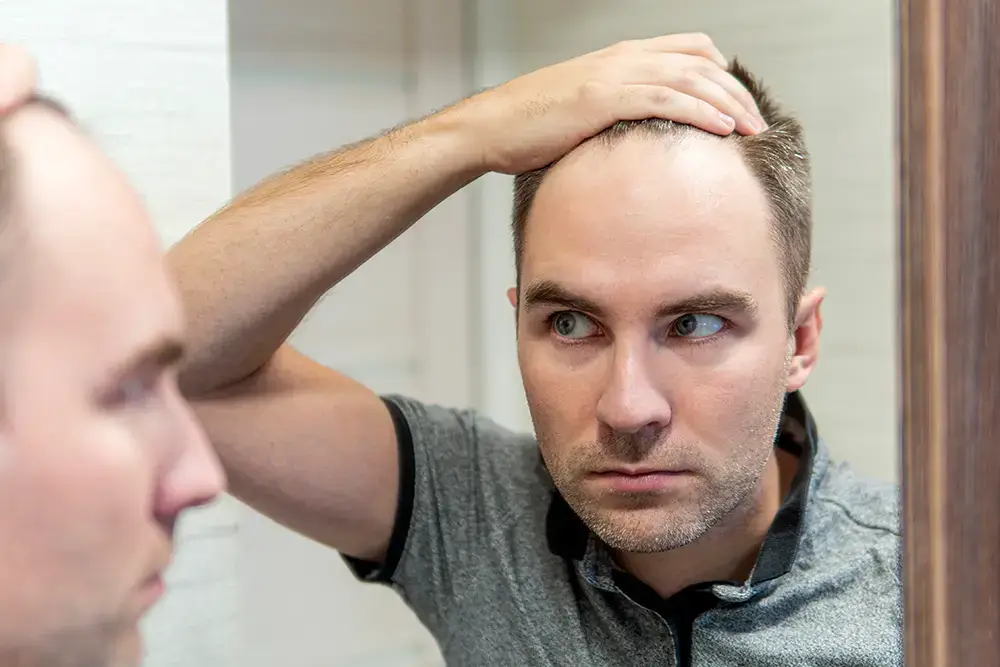
Procedure Walkthrough
Anesthesia and comfort
Most hair transplants are performed under local anesthesia with optional oral sedation. The scalp is thoroughly numbed for comfort.
Hidden incisions (donor area)
- FUE: Tiny micro-punch sites are dispersed across the donor zone for minimal, dot-like scarring that hides even with short hair.
- FUT: A narrow strip is removed and closed with a fine, trichophytic technique so surrounding hair helps conceal a thin linear scar.
Donor harvesting
- FUE: Individual follicular units (1–4 hairs) are gently extracted and grouped by hair count.
- FUT: The strip is microscopically dissected into precise grafts to maximize follicle survival.
Recipient-site creation
Dr. Sajan crafts ultra-refined sites that dictate the angle, direction, and density of new growth. Single-hair grafts build a soft, natural hairline; multi-hair grafts add density behind. Crown whorls and part lines are recreated to match your native pattern.
Graft placement
The Allure Esthetic team places grafts with careful attention to hydration, temperature, and alignment to protect follicle health and ensure seamless blending.
Closing & dressing
The donor area is closed (FUT) or cleaned (FUE), and a light dressing may be applied. You’ll receive written instructions, medications as indicated, and supplies for home care.
Immediate post-op care
You’ll go home the same day. Rest with your head elevated, use saline spray as directed, and avoid touching or rubbing the grafts. Follow-up is scheduled before you leave.
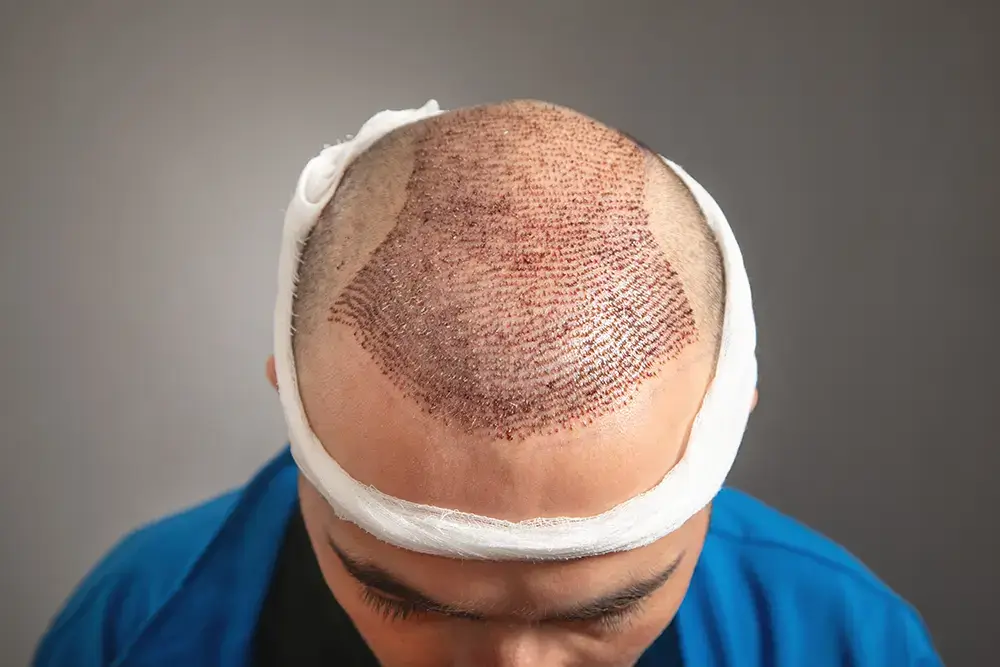
Recovery & Aftercare
Recovery is typically straightforward. Mild tenderness, a sense of tightness, and tiny scabs in the recipient area are common early on. Most patients resume desk work within a week. Expect early regrowth at 3–4 months, visible thickening by 6–9 months, and final caliber and density between 12–18 months. Protect grafts, follow the wash routine, and avoid friction and sunburn for best results.
Aftercare Guidelines
Week 1: Initial downtime
- Rest with head elevated 30–45°; avoid bending/straining and sleeping face-down.
- Use saline spray and gentle scalp care exactly as instructed.
- Begin gentle washing around day 4 (no rubbing or high-pressure water on grafts).
- Tiny scabs form and naturally loosen.
- FUE: Keep micro-dot donor sites clean and irritation-free.
- FUT: Follow incision care; plan suture/staple removal at 10–14 days.
- Most patients return to non-physical work within a few days.
Weeks 2–4: Healing in progress
- “Shock shedding” of transplanted hairs is common; follicles remain alive under the skin.
- Itching may occur.
- Light cardio after 10–14 days if cleared; avoid heavy lifting and high-sweat workouts until grafts are secure.
- Protect the scalp from the sun; a loose, clean hat is okay once approved.
- Avoid pools, hot tubs, saunas, and steam rooms for at least 2 weeks.
Weeks 4–6: Back to routine
- Gradually resume more strenuous exercise if cleared.
- Most hair products can be reintroduced; avoid harsh chemicals until approved.
- Hair coloring/chemical treatments are typically safe at 4–6 weeks if the scalp is fully healed.
- Continue sun protection to prevent scalp burn and color contrast.
Months 3–4: Early regrowth
- Fine, lighter hairs emerge; density builds gradually.
- Maintain gentle hair care and sun protection.
Months 6–9: Visible thickening
- Hair gains strength and styling versatility; many patients consider trims and new styles.
Cost of Hair Transplant in Spokane
Cost depends on the number of grafts, the technique (FUE vs. FUT), and the areas treated. Insurance typically does not cover cosmetic hair restoration, but medically necessary gender-affirming or reconstructive cases may qualify; Allure Esthetic works with many major providers. For self-pay patients, we offer competitive pricing and flexible financing to keep treatment accessible. Your exact quote is provided after a personalized consultation.

Ready to Take the Next Step?
Schedule a private consultation with Dr. Javad Sajan. We’ll map your hair loss pattern, design a natural hairline, and outline graft needs and recovery. Schedule your consultation by calling (425) 409-5830, booking an appointment online, or chatting with us today.
